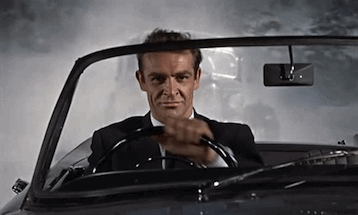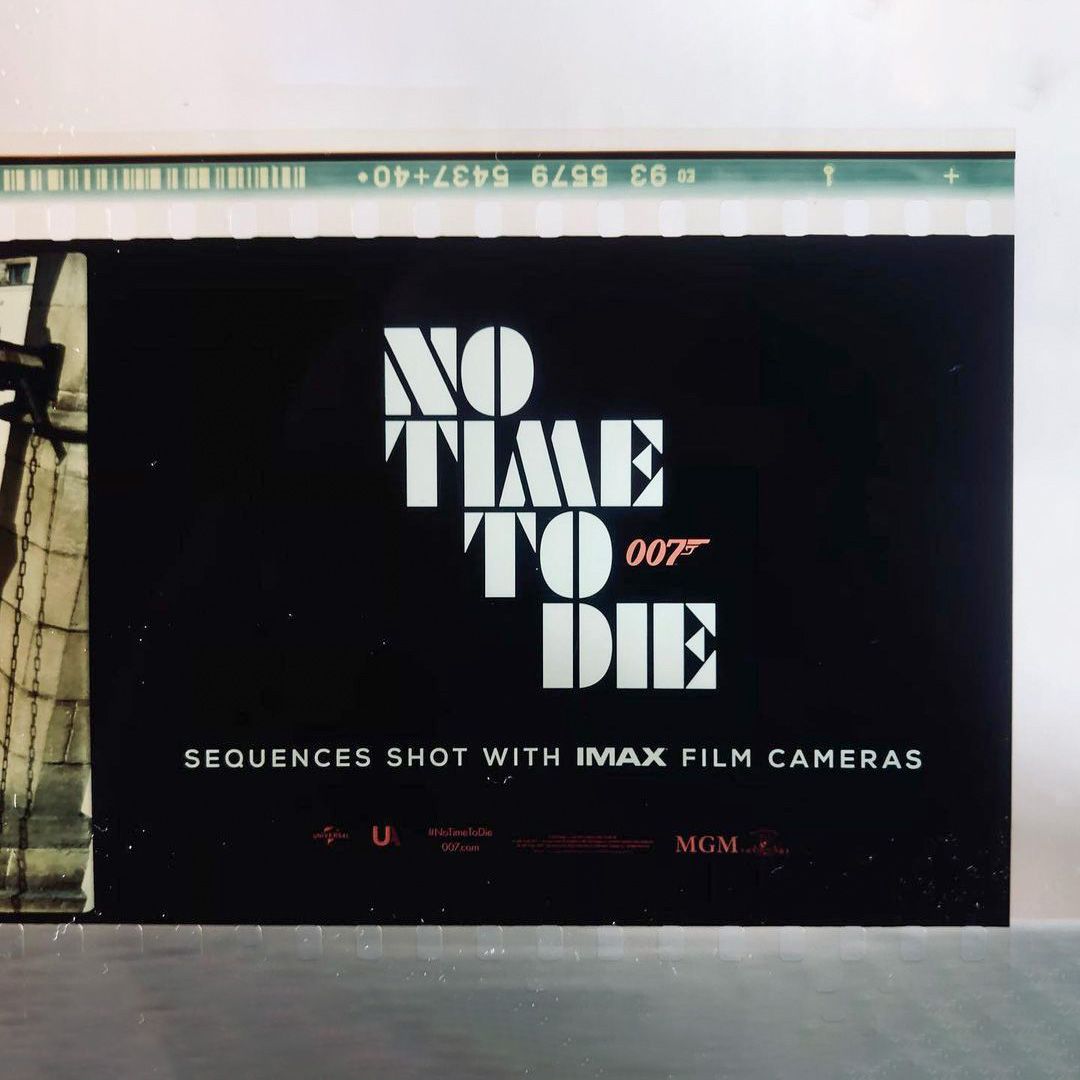#148 - Inside the Editing and VFX on No Time To Die

The Bond franchise may not be perfect, but it is fun. Fun like a Saturday afternoon in front of the TV watching a re-run of The Living Daylights kind of fun.
In some ways I miss the thrill of the ad-break, sprinting to the toilet or the snack cupboard and racing back to the calls of "It's staaaaaarting!" just in time to dive across the sofa.
Alas, I digress about 25 years.
In this issue of Cut/daily I wanted to share two excellent inside looks at both the editing and stunning, practical special effects work on Daniel Craig's final Bond outing No Time To Die.
<ALERT> - SPOILERS AHEAD - </ALERT>
(FYI this is the re-cap I could have done with before sitting down for the 2 hours and 45 minutes of trying to remember what happened six years ago in Spectre.)
One of the things that always intrigues me about movies of this scale (production budget: $250 million), is how different are they compared to a film with half or even a tenth of their size?
And what can be learned from them at that can be universally applied?
Quite a lot actually, so keep your eyes open as you read on...

Avid Media Composer's Twitter feed shared this image, from Editor Tom Cross' Instagram feed, of a 15-perf 70mm IMAX frame from the opening of the film.
